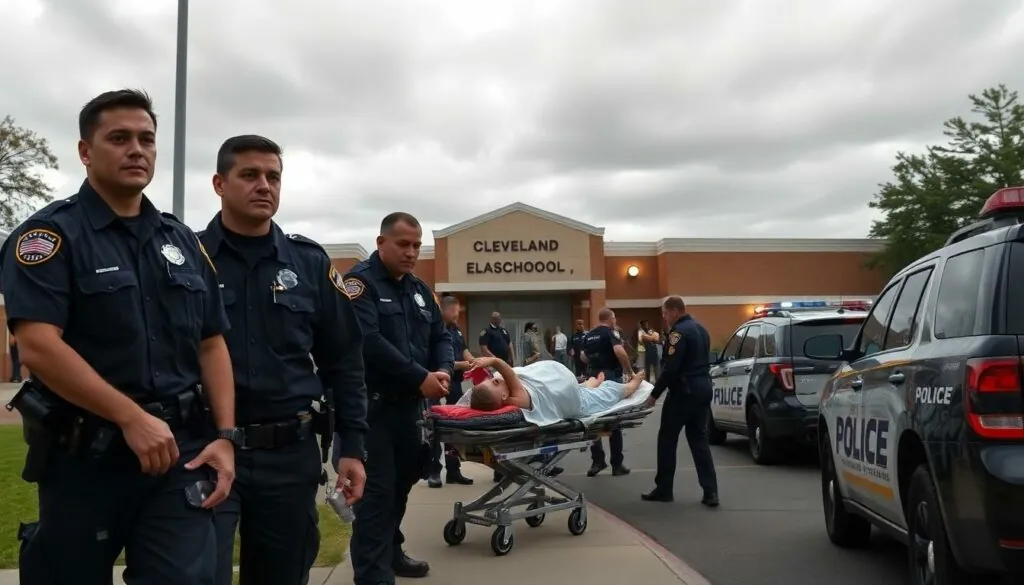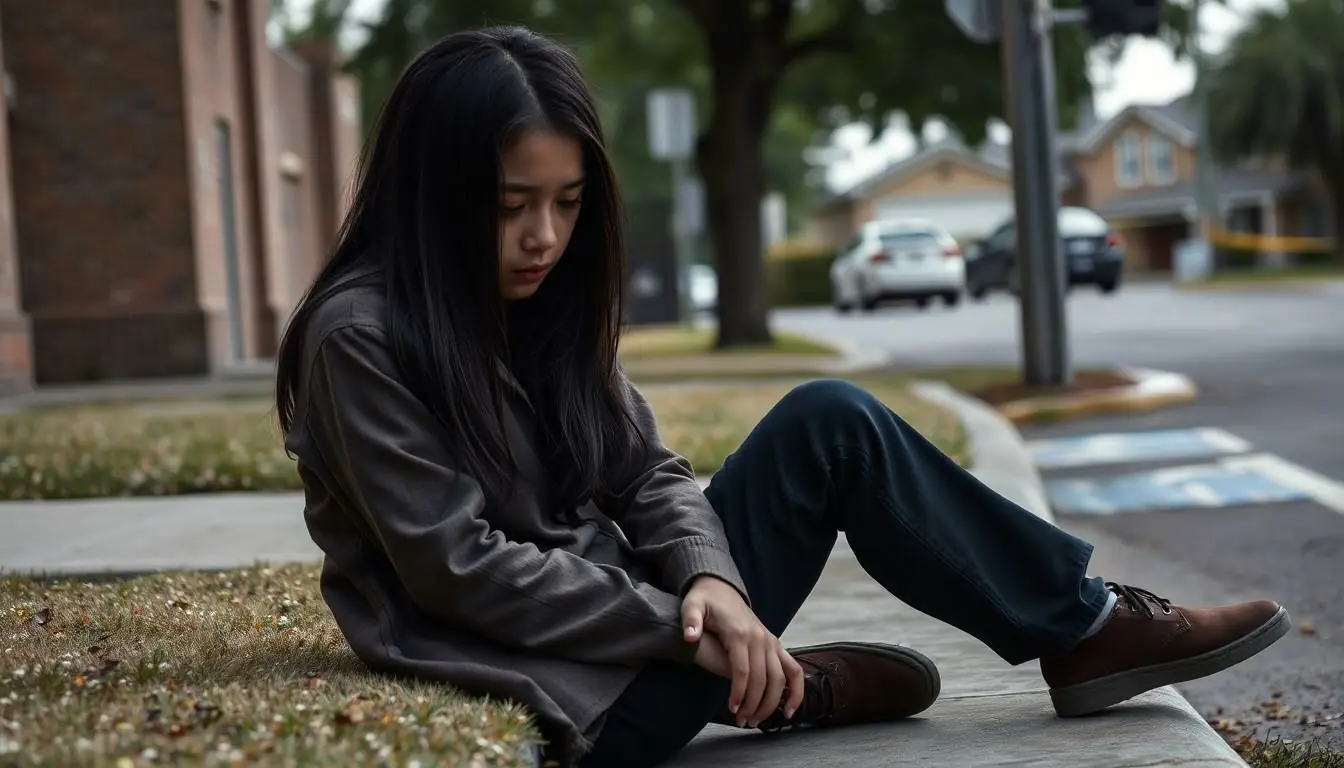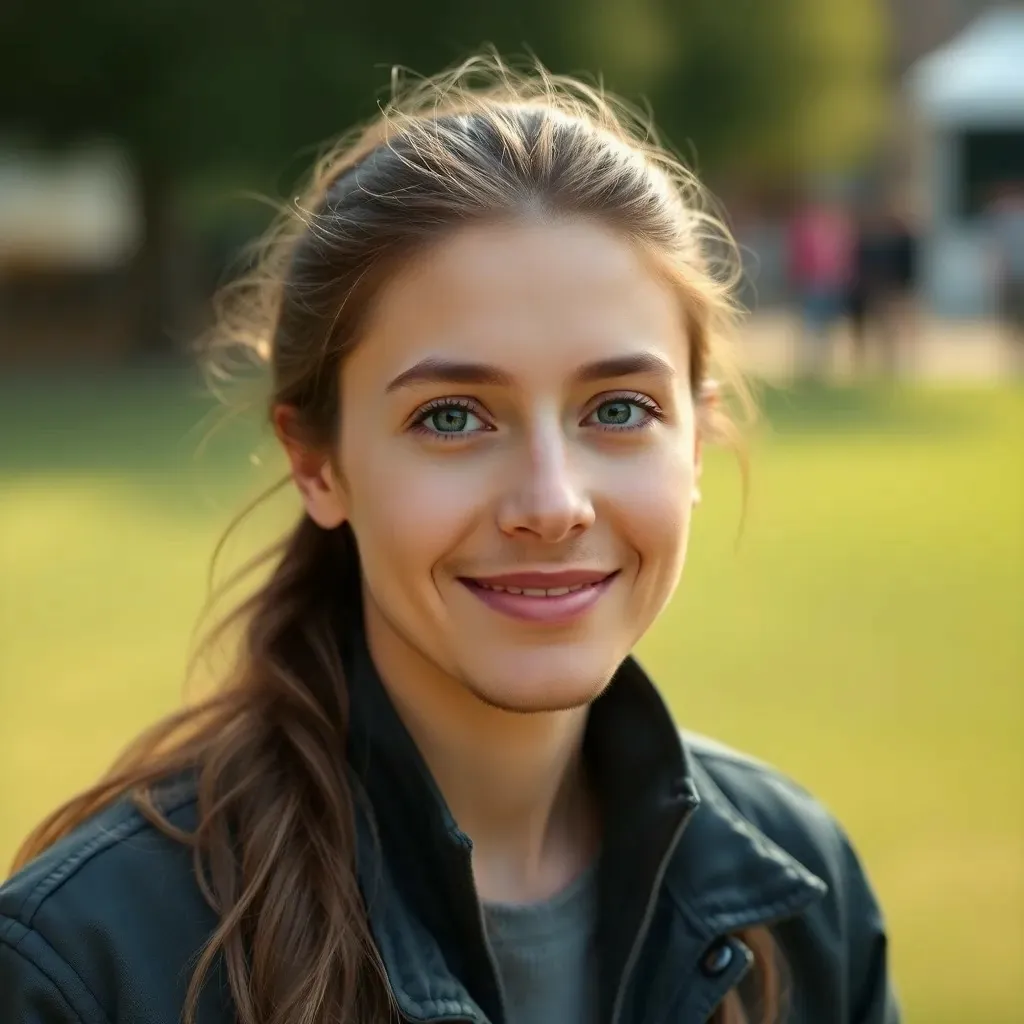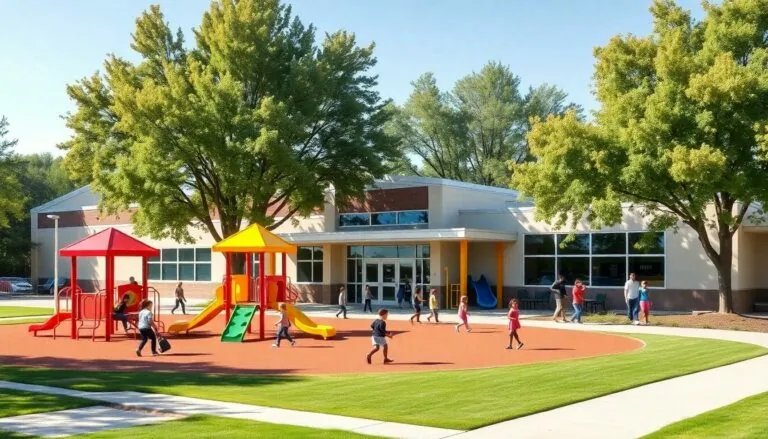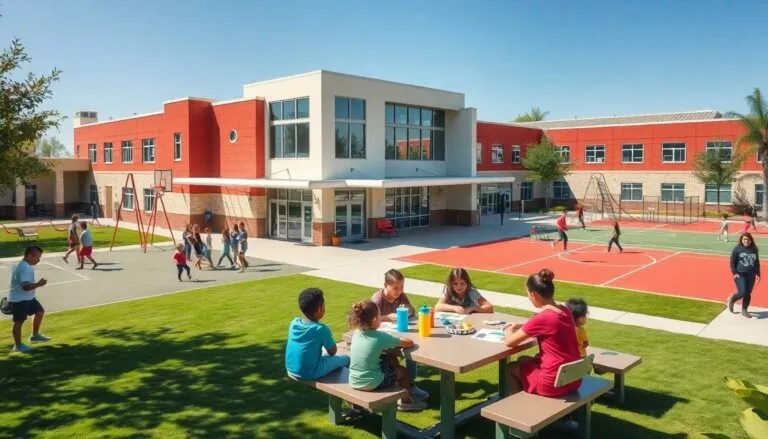The 1979 Cleveland Elementary School shooting in San Diego marked a dark chapter in American history when 16-year-old Brenda Spencer opened fire on children and staff. This tragic incident not only shook the local community but also inspired Bob Geldof to write “I Don’t Like Mondays” – a haunting song that captured the senselessness of the attack.
On that fateful Monday morning of January 29, Spencer’s actions left two adults dead and injured eight children and one police officer. When asked about her motive, she simply stated, “I don’t like Mondays” – a chilling response that would forever echo through time. The shooting became one of the earliest high-profile school attacks in modern U.S. history and sparked crucial conversations about school safety and youth mental health.
Table of Contents
ToggleThe Events of January 29, 1979
At 8:30 AM on a cold Monday morning, 16-year-old Brenda Spencer positioned herself at a window in her home across from Cleveland Elementary School in San Diego, armed with a Ruger 10/22 semi-automatic rifle.
Timeline of the Shooting
The shooting began as Principal Burton Wragg stepped outside to help children entering the school. Spencer fired the first shots at 8:37 AM, striking Wragg fatally. Custodian Mike Suchar rushed to assist Wragg and became the second victim. Eight children suffered wounds while trying to enter the school building. A police officer responding to the scene sustained a shoulder injury from Spencer’s gunfire. The active shooting situation lasted for 6 hours, with Spencer barricaded inside her house directly across from the school grounds.
Initial Police Response
Police units arrived at the scene within 7 minutes of the first shots. Officers established a perimeter around Spencer’s home at 6365 Lake Atlin Avenue. SWAT teams positioned themselves strategically while negotiators attempted contact with Spencer. San Diego Police made initial communication at 9:00 AM through telephone lines. During the negotiations, Spencer spoke with a reporter from the San Diego Union-Tribune, delivering her infamous quote about not liking Mondays. Officers maintained containment until 2:30 PM, when Spencer surrendered after consuming beer pills provided by police negotiators.
Brenda Spencer: The Teenage Shooter
Brenda Spencer emerged as a troubled 16-year-old who perpetrated one of America’s first modern school shootings. Her actions on that January morning shocked the nation and left an indelible mark on school safety discussions.
Family Background and Mental Health
Spencer grew up in poverty with her father Wallace in their San Carlos home. Child protective services documented multiple signs of abuse during her early years alongside evidence of self-harm behaviors. Psychological evaluations revealed she suffered from depression neurological damage from a bicycle accident at age 8. Tests conducted before the shooting indicated Spencer had suicidal thoughts displayed symptoms of minimal brain dysfunction. Her school counselors noted concerning behaviors including torture of animals skipping classes substance abuse.
Alleged Motivations
Spencer’s most infamous statement came during the shooting when she told a reporter “I don’t like Mondays. This livens up the day.” Police interviews revealed she harbored deep resentment toward authority figures particularly school officials. The Christmas gift of a .22 caliber rifle from her father preceded the attack by six weeks. Spencer expressed no remorse during initial questioning cited boredom as her primary motive. She later claimed amphetamine use affected her mental state that morning though toxicology reports showed no substances in her system. Her statements demonstrated a disturbing detachment from the gravity of her actions.
Victims and Casualties
The Cleveland Elementary School shooting claimed two adult lives directly on the scene while injuring nine others during the six-hour standoff. The casualties impacted the entire San Diego community deeply with effects that resonated for decades.
Lives Lost and Those Injured
Principal Burton Wragg, 53, died from fatal gunshot wounds while helping children enter the school safely. Mike Suchar, 56, the school custodian, became the second victim after rushing to assist Wragg. Eight children ages 7 to 9 sustained non-fatal injuries from the shooting:
- Cam Miller, shot in the back
- Christy Buell, wounded in the abdomen
- Julie Robles, hit in the buttocks
- Monica Selvig, struck in the hand
- Richard Hernandez, injured in the chest
- Charles Miller, shot in the lower back
- David Jacoby, wounded in the leg
- Khom Ouk, hit in the chest and arm
Police officer Robert Robb sustained a neck wound during the incident.
Impact on School Staff
The shooting devastated Cleveland Elementary’s staff of 45 teachers and support personnel. Teachers demonstrated remarkable courage by:
- Pulling injured students to safety
- Barricading classroom doors
- Keeping children calm during lockdown
- Maintaining communication with emergency services
- Installation of security cameras
- Enhanced visitor screening procedures
- Regular emergency response drills
- Additional counseling resources
Legal Proceedings and Sentencing
The legal process following the Cleveland Elementary School shooting moved swiftly through the California justice system, with law enforcement gathering substantial evidence against Brenda Spencer.
Criminal Investigation
San Diego Police Department detectives collected 39 rifle shells from Spencer’s home during their initial search. Forensic analysis confirmed the Ruger 10/22 rifle matched the ballistic evidence found at the crime scene. Investigators documented Spencer’s telephone conversation with a journalist during the standoff, where she made incriminating statements about her motives. Police interviews with neighbors revealed Spencer had previously practiced shooting at birds from her window using the same weapon. The investigation uncovered Spencer’s diary entries expressing violent thoughts toward authority figures spanning several months before the shooting.
Trial and Conviction
Spencer faced trial as an adult in San Diego Superior Court on two counts of first-degree murder plus assault with a deadly weapon. During court proceedings in 1980, she pleaded guilty to all charges, eliminating the need for a full trial. The prosecution presented evidence of premeditation through Spencer’s documented statements before firing warned others to stay away from school that day. Judge William Low sentenced Spencer to 25 years to life in prison on April 4, 1980. The California Youth Authority determined she showed no signs of remorse during subsequent evaluations. Spencer remains incarcerated at the California Institution for Women in Chino, with multiple parole requests denied in 1993 2001 2009.
Long-Term Impact on School Safety
The 1979 Cleveland Elementary School shooting catalyzed significant changes in school security nationwide. This tragic event exposed vulnerabilities in educational institutions’ safety protocols leading to comprehensive reforms.
Policy Changes and Security Measures
The immediate response to the Cleveland Elementary shooting introduced metal detectors in high-risk schools across California. School districts implemented mandatory visitor check-in systems requiring photo identification verification. California legislators passed the School Safety Act of 1980 requiring schools to develop emergency response plans. Educational facilities installed security fencing perimeter controls monitored entrances with surveillance cameras. School administrators established lockdown procedures for active shooter scenarios protecting students staff during emergencies.
Influence on Future School Safety Protocols
The Cleveland Elementary shooting prompted the creation of standardized crisis response training programs for school personnel. Educational institutions adopted the “See Something Say Something” reporting system encouraging students to report suspicious behavior. Schools integrated counseling services mental health screenings into their standard operations. Law enforcement agencies developed specialized School Resource Officer programs placing trained officers on campuses. The incident inspired the formation of threat assessment teams analyzing potential risks identifying vulnerable areas. Police departments established rapid response protocols specifically designed for school emergencies coordinating with local educational institutions.
Societal and Cultural Impact
The Cleveland Elementary School shooting marked a pivotal moment in American history as one of the first widely covered school shootings. This tragic event transformed public discourse around school safety, youth violence, and gun control.
Media Coverage and Public Response
National media outlets provided extensive coverage of the Cleveland Elementary School shooting, marking a shift in how such incidents were reported. The San Diego Union-Tribune published detailed accounts of the events, featuring interviews with survivors, first responders, and community members. Television networks broadcast live updates throughout the six-hour standoff, with Spencer’s infamous quote “I don’t like Mondays” appearing in headlines across the country. Public response included vigils attended by 3,000 community members, fundraising efforts for victims’ families, and calls for stricter gun control measures. Local organizations established support groups for traumatized students, teachers, and families, while mental health professionals provided crisis counseling services.
Conclusion
The 1979 Cleveland Elementary School shooting stands as a dark chapter in American history that forever changed how schools approach safety and security. The tragic events of that January morning sparked nationwide reforms in school safety protocols and emergency response procedures that continue to shape educational institutions today.
Brenda Spencer’s actions and her haunting explanation highlighted critical gaps in mental health support and gun control measures. While her story serves as a sobering reminder of the devastating impact of school violence her legacy has led to positive changes in crisis prevention training mental health awareness and school security measures.
The resilience shown by the San Diego community and the lasting impact of this tragedy continue to influence contemporary discussions about school safety youth mental health and gun control in America.

